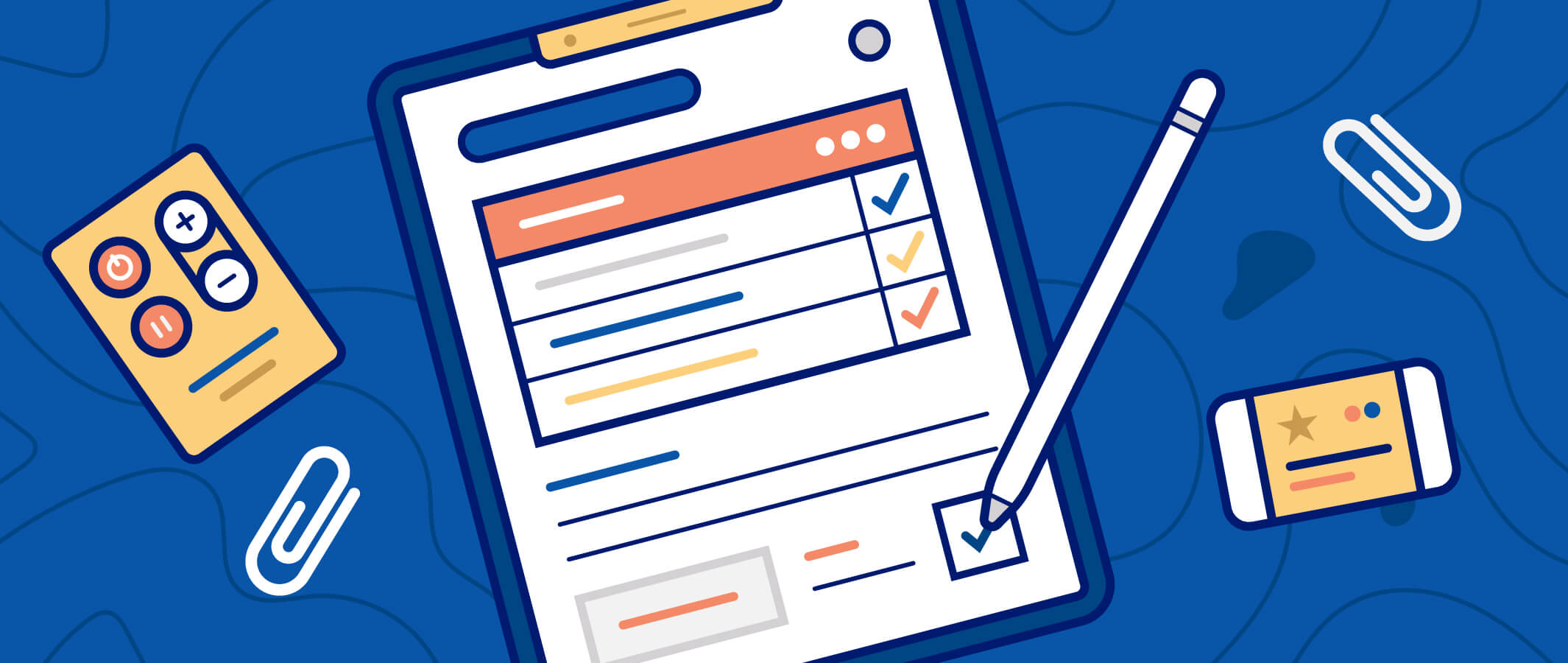Crafting Effective Technical Documents
Writing technical documents is an essential skill for effectively communicating complex information to an intended audience. Whether you are creating user manuals, API documentation, or troubleshooting guides, the ability to convey information clearly and concisely is crucial. In this blog post, we will explore guidelines and key principles for crafting exceptional technical documentation.
Table of Content
- Identify Your Audience
- Define the Document’s Purpose
- Plan the Document Structure
- Gather and Organize Information
- Write Clear and Concise Content
- Use Visuals Effectively
- Provide Examples and Use Cases
- Follow a Consistent Style Guide
- Edit and Proofread
- Update and Maintain
- Resource
Identify Your Audience
Before you begin writing, it is essential to understand your target audience. Consider their level of technical knowledge and familiarity with the subject matter. Tailor your language, tone, and level of detail to match their needs. For example, if you are writing a software user manual, determine whether your readers are beginners or experienced users. This understanding will shape the way you present information and ensure it resonates with your audience.
Define the Document’s Purpose
Clearly defining the purpose of your technical document is crucial. Ask yourself: Is it meant to inform, instruct, troubleshoot, or provide a step-by-step guide? Having a clear purpose in mind will help you stay focused and ensure that your document meets its objectives. For example, if you are creating a troubleshooting guide, your purpose may be to provide concise and actionable solutions to common issues.
Plan the Document Structure
Create a logical structure for your document by developing an outline that includes headings, subheadings, and sections. This serves as a roadmap for organizing your content and helps readers navigate through the document easily. For instance, if you are writing a software installation guide, your outline might include sections such as system requirements, installation steps, and post-installation troubleshooting. A well-organized structure enhances readability and comprehension.
Gather and Organize Information
Collect all relevant information and materials related to the topic of your technical document. Conduct research, interview subject matter experts, and review existing documentation. Organize the information in a logical order that flows smoothly from one topic to another. Consider using a content management system or knowledge base to streamline information gathering and organization processes. By having well-organized content, you can provide a comprehensive and coherent document.
Write Clear and Concise Content
When writing your technical document, strive for clarity and conciseness. Use simple and straightforward language to convey your message effectively. Avoid jargon or technical terms that may confuse your readers. Break down complex concepts into simpler terms and provide examples or visual aids to enhance understanding. For instance, when explaining a coding concept, include code snippets with detailed explanations to illustrate its usage.
Use Visuals Effectively
Incorporate visuals such as diagrams, charts, screenshots, and illustrations to supplement your written content. Visuals can help clarify complex concepts, provide step-by-step instructions, and improve overall readability. For example, in a network configuration guide, include diagrams illustrating the network architecture or screenshots showcasing the configuration process. Visuals make your document more engaging and easier to comprehend.
Provide Examples and Use Cases
Including relevant examples and use cases can significantly enhance the practicality of your technical document. Real-world scenarios help readers understand how to apply the concepts in their own contexts. For instance, in a data analysis guide, showcase use cases where data is analyzed to derive meaningful insights. By providing concrete examples, you enable your readers to grasp the practical applications of the information you are presenting.
Follow a Consistent Style Guide
Maintain consistency throughout your technical document by adhering to a style guide. Use a consistent tone, formatting, and terminology. This ensures a professional and polished final product. If your organization does not have a specific style guide, you can refer to widely accepted ones, such as the Microsoft Manual of Style or the Apple Style Guide. Consistency in style enhances the overall cohesiveness of your document.
Edit and Proofread
Review your technical document for clarity, coherence, and correctness. Edit for grammar, spelling, punctuation, and formatting errors. Ensure that your document follows a logical flow and that the information is presented in a logical sequence. Consider seeking feedback from colleagues or subject matter experts to ensure accuracy and clarity. A well-edited and proofread document reflects your professionalism and commitment to quality.
Update and Maintain
As technology and information evolve, keep your technical document up to date. Regularly review and revise your content to reflect the latest information and address any changes or updates in the subject matter. Ensure that your document remains relevant and continues to provide value to your readers. By maintaining an up-to-date technical document, you demonstrate your commitment to delivering accurate and timely information.
By following these ten steps, you can create well-structured and informative technical documents that effectively communicate complex information to your audience. Remember to adapt your writing style to suit your audience’s needs, maintain clarity throughout the document, and use practical examples to enhance comprehension.
Happy writting!
